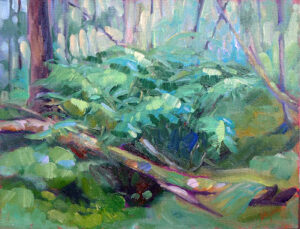
A professional artist is, by definition, one who sells art. That’s different from an amateur, or one who makes art as an avocation. Neither is inherently better than the other. There is a range of engagement, of course. There are people who never sell work, people who sell occasionally, people who sell as a side gig, and people for whom art is a full-time job.
Over the years, I’ve seen a lot of people move from amateur to pro. I love watching the transition, although it ultimately takes painters out of my orbit and onto a path of their own. I’d like to introduce you to a few painters that I taught in 2023. I encourage you to follow their links to see not just the work they’re doing, but how they’re marketing.
Patty Mabie Rich blew out of New York about five seconds after retirement, relocating to the sun-drenched sands of Myrtle Beach. If you look at her About the Artist page, you’ll see her painting in the filtered light that’s so common in central New York. Her palette has exploded in color since her move, as she thoroughly embraces the southern coastal vibe.
Karen Ames has a gilt-edged CV that included stints as the communications director for the San Francisco Opera, San Francisco Symphony, and Houston Grand Opera. I wish she’d do my marketing too, because her first solo show of paintings sold out. She’s also very larky and funny, and her painting has an edgy energy.
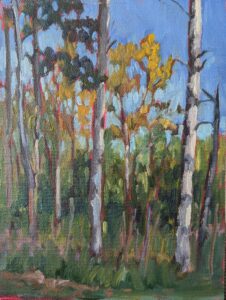
Linda Smiley is a principal at Saam Architecture in Boston and paints on the side. Although she doesn’t have an art website, she sells her work through ArtbyKaty Gallery in Stonington, ME. Last year she did a collaborative show with woodworker Bob Winters, where she painted inset panels for his beautiful cabinets. Low-key marketing works for her; she sold at least ten paintings at that show.
Stephen Florimbi only studied with me for one session as he negotiated the pivot from abstraction to realism. He likes painting the world of boats and boatbuilding. However, he also has an almost-obsession with the winter woods. He did a solo show at the Apprenticeshop, where he was artist-in-residence. I noticed several red dots at the opening.
“Do you ever sleep?” I asked Cassie Sano. In addition to teaching watercolor and doing regular solo shows, she has written and published three children’s books, with a fourth coming out this spring. She’s as bubbly and energetic and outdoorsy as her work.
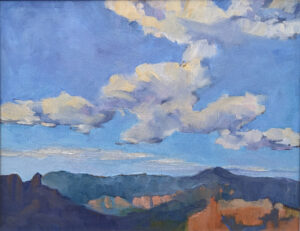
Last month, Amy Sirianni stopped by my studio to pick my brain about teaching art to young kids. She’s a natural, since she has a degree in art and teaching experience. I touched base with her recently. “My class is sold out,” she told me. She’s a success with almost no internet presence.
Texan Mary Silver shows her watercolors with the historic River Arts Group in San Antonio. She has a wicked sense of humor, and her work often reflects that. She’s been studying with me on and off since COVID, and is planning on joining me in Austin for my workshop in March.
Mary and her friend Annette once stayed with me after my workshop aboard American Eagle, when their hotel room fell through. It was a terrible deal for them; they helped me empty my kitchen for demolition.
Mark Gale started studying with me as he prepared to retire and move from Wisconsin to Texas. He is my monitor at the Austin workshop. Through Park Art Project, he donates part of the proceeds from his sales to non-profits in the Austin area. He also works with Austin’s homeless population, encouraging them to make and sell art.
Becky Bense has been my student at Sea & Sky at Schoodic for many years. (She would like to take my Monday evening classes, but inevitably falls asleep before they’re half finished.) Recently she’s been interested in neurographic drawing, an approach that neatly ties together her delicate drawing and the spirituality that underlies her work.
Lastly, I would be remiss in not mentioning MP. He’s not a professional, but he sold his first watercolor painting at a fundraiser last year for $7000. (That is not a typo.) I’d suggested a nominal price of $750-shows what I know!
My 2024 workshops:
- Painting in Paradise: Rockport, ME, July 8-12, 2024.
- Sea & Sky at Schoodic, August 4-9, 2024.
- Find your authentic voice in plein air: Berkshires, August 12-16, 2024.
- Art and Adventure at Sea: Paint Aboard Schooner American Eagle, September 15-19, 2024.
- Immersive In-Person Workshop: Rockport, ME, October 7-11, 2024.
An addendum: since it’s hard to understand Linda Smiley’s collaboration with Bob Winters, here’s a photo:
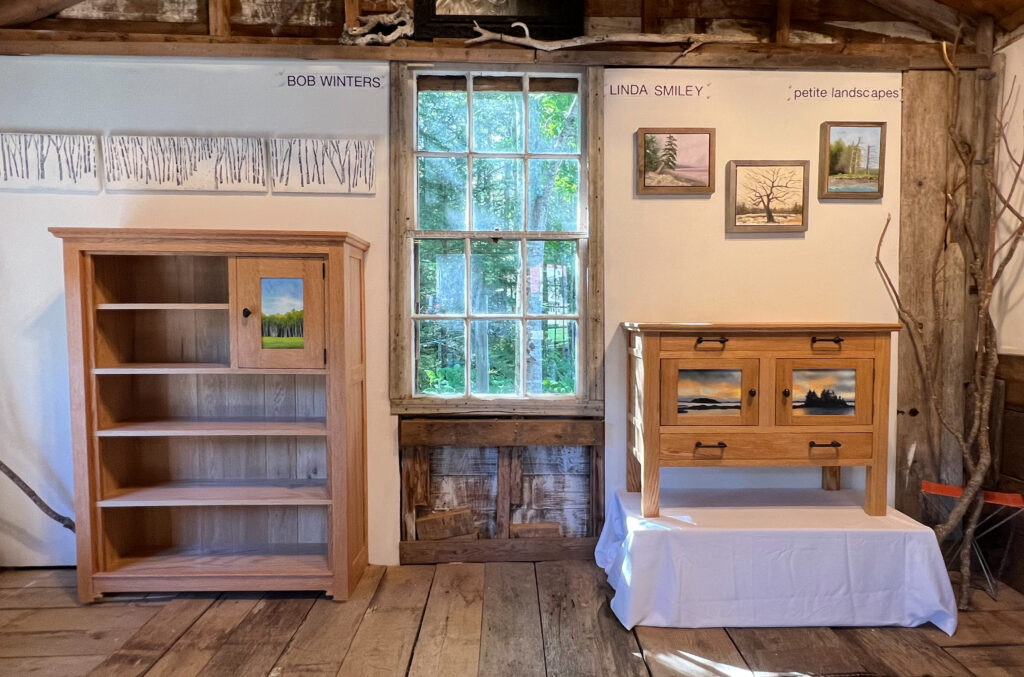

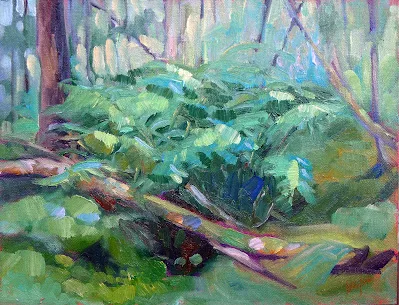

Thanks for giving me a shout out Carol. I’m hardly a pro, though I have put myself out there to share my work with friends and sell some paintings. My advice to those thinking about making the leap to “just do it.” It’s time consuming, what with the framing and hanging, but all those challenges are easily overcome with time and work….and then you get to celebrate accomplishments with friends and customers.
Bummer…I didn’t make the cut, lol. Sadly, I guess we didn’t paint together in 2023.
You and Victoria Brzustowicz are two I regret not including, but I made a harsh line at Jan 1. and had to stick with it. I have so many former students who’ve gone pro that I could never include them all.
And, BTW, we all miss you.
Love your pride for those in your classes. Aside from that, re; “A professional artist is, by definition, one who sells art.” Sorry Vincent, only one sold of your approximately 2100 artworks before you completed your journey through like? Can’t say you didn’t try to make a Gogh of it. Forever an amateur… by definition, sigh.”
https://www.baltimoresun.com/1998/10/25/the-van-gogh-legend-a-different-picture-the-story-that-the-artist-sold-just-one-painting-in-his-lifetime-endures-in-fact-he-sold-at-least-two/
I think the point is not that he didn’t try to sell but that he was very bad at it. His sister-in-law made a much better job of it. Of course she may have been trying to recoup Theo’s investment.
Yet the bottom like is that he spent more time painting than marketing, leaving his sales to brother Theo. And Theo couldn’t make any sales because Vincent was painting Vincent’s art, not art that the then art market defined nor wanted. Thus leaving Vincent by that technical definition based on sales an amateur artist. Personally I find the pigeonholes of amateur artist and professional artist foolish in the history of art as well as present day art. I prefer “artist”. And I still like your pride in people who’ve taken your classes, all fine “artists”.